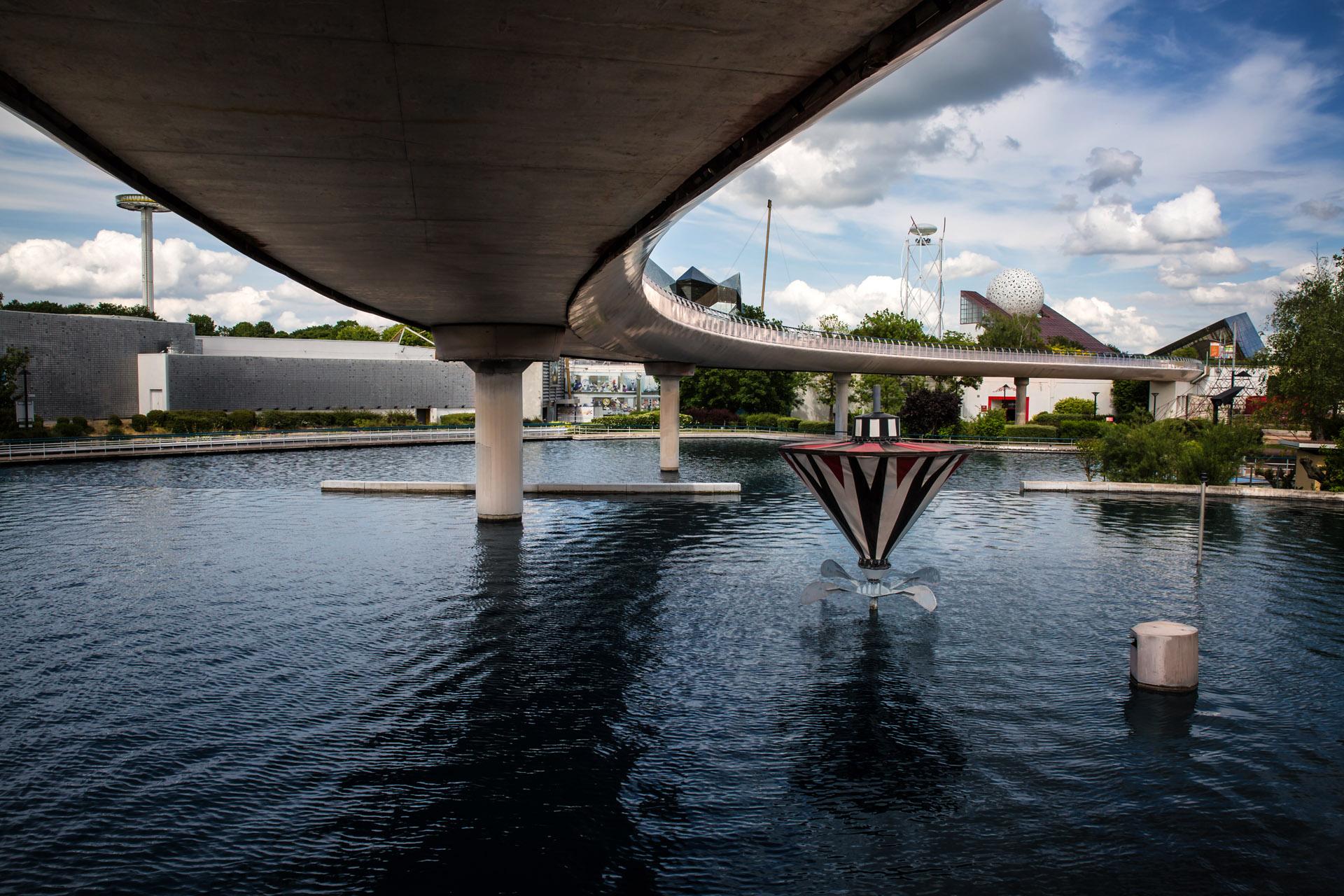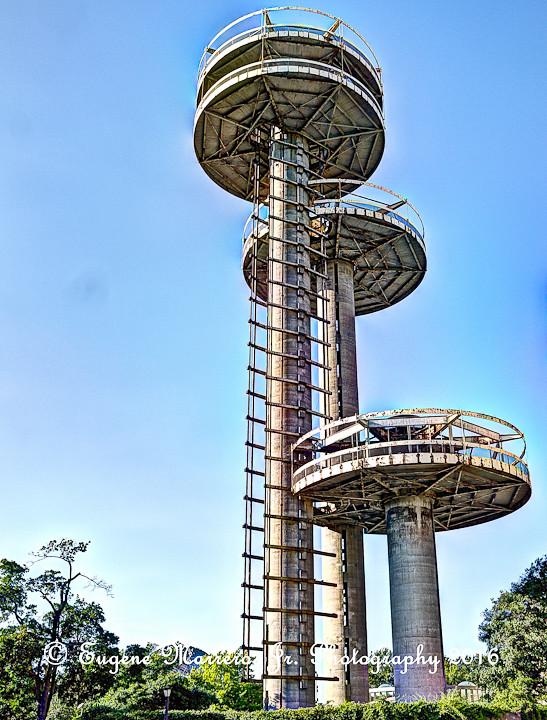In the heart of Europe, where cobblestone streets echo with centuries of history and quaint villages tell tales of old, a new kind of attraction is emerging. Glittering with neon lights and the sounds of laughter, theme parks are transforming the landscape, promising thrills and escapism. But as roller coasters rise against the backdrop of ancient castles and fantasy worlds overshadow rustic traditions, a question arises: Are these vibrant wonderlands enhancing the cultural tapestry or unraveling the threads of local heritage? This article delves into the dynamic interplay between Europe’s cherished cultural identity and the burgeoning influence of theme parks, exploring whether these modern marvels are bridging cultural divides or creating new ones. Join us as we embark on a journey through Europe’s theme park phenomenon, where past and present collide in a spectacle of innovation and tradition.
Impact on Traditional Practices and Festivities
As European theme parks continue to rise in popularity, there is an ongoing debate about their influence on traditional practices and festivities. While these vibrant parks offer a unique blend of entertainment and culture, some critics argue that they may overshadow local customs. The allure of roller coasters and theatrical shows often draws attention away from community-centered events that have been cherished for generations.
- Cultural Homogenization: Theme parks often present a version of culture that is polished and packaged for mass consumption. This can lead to a homogenization of traditions, where unique regional festivities are overshadowed by more universally appealing attractions.
- Shift in Economic Focus: Local festivals and traditional gatherings may suffer economically as resources are diverted towards maintaining and promoting these large-scale entertainment hubs.
- Loss of Authenticity: The commercialization of cultural elements within theme parks may dilute the authenticity of local practices, turning them into mere performances rather than genuine celebrations.
While theme parks bring undeniable excitement and economic benefits, it is crucial to strike a balance that respects and preserves the rich tapestry of local traditions that form the heart of European cultural identity.

Balancing Entertainment with Cultural Preservation
As theme parks across Europe grow in popularity, the challenge of preserving local culture while embracing modern entertainment becomes more pronounced. These attractions often draw heavily on global themes, sometimes overshadowing regional traditions. Cultural preservationists argue that while theme parks contribute to the economy, they may inadvertently lead to a homogenization of cultural expressions. This can occur when local customs and historical narratives are overshadowed by the allure of universally appealing entertainment.
- Commercialization of local symbols: The risk of reducing significant cultural symbols to mere decorative elements.
- Cultural homogenization: The blending of unique cultural identities into a more globalized form.
- Erosion of traditional practices: When modern attractions dominate, traditional practices may receive less attention.
On the flip side, some parks are making strides in integrating local culture into their attractions. By showcasing indigenous arts, crafts, and stories, they offer visitors a more authentic experience. Striking a balance between entertainment and cultural preservation involves a delicate dance of integrating local elements without diluting their significance. This can be achieved through thoughtful design, local collaboration, and community involvement, ensuring that the vibrancy of local culture is not only preserved but celebrated.

Incorporating Local Heritage into Theme Park Experiences
Theme parks across Europe have a unique opportunity to integrate the rich tapestry of local heritage into their attractions, creating experiences that are both entertaining and educational. By weaving historical narratives, local folklore, and regional craftsmanship into the park’s fabric, visitors can embark on journeys that reflect the true essence of the area. Such an approach not only enriches the visitor experience but also promotes cultural appreciation and preservation.
- Historical Narratives: Incorporating local legends and historical events into rides and shows.
- Regional Craftsmanship: Utilizing traditional architectural styles and local materials in park design.
- Culinary Delights: Offering regional cuisine in themed restaurants and food stalls.
By adopting these strategies, theme parks can serve as cultural ambassadors, celebrating and preserving the unique identities of their locales. This not only attracts tourists but also encourages a deeper understanding and respect for the local culture.

Guidelines for Sustainable Cultural Integration
In a world increasingly focused on globalization, the challenge of blending international influences with local traditions has become more pronounced, especially in popular tourist destinations like theme parks. To achieve a harmonious balance, it is essential to adopt sustainable cultural integration strategies that both celebrate and respect the unique heritage of the host community.
- Engage with Local Communities: Encourage theme park developers to actively involve local artisans, musicians, and cultural experts in the design and operation of attractions. This not only enhances authenticity but also provides economic benefits to the community.
- Respect Cultural Symbols: While borrowing elements from local culture, it is crucial to avoid misrepresentation. Ensure that symbols and traditions are depicted accurately and respectfully, fostering a sense of pride and ownership among local residents.
- Educate Visitors: Incorporate educational programs and exhibits that highlight the history and cultural significance of the region. By fostering understanding and appreciation, theme parks can become platforms for cultural exchange rather than mere entertainment venues.
By adhering to these guidelines, theme parks can create a space where global attractions and local culture coexist, offering visitors an enriched experience that is both entertaining and enlightening.
Insights and Conclusions
As the sun sets on our exploration of European theme parks and their impact on local culture, we find ourselves standing at the crossroads of tradition and modernity. These vibrant oases of entertainment, while undeniably captivating, invite us to ponder the delicate balance between preserving cultural heritage and embracing global influences. As visitors wander through fairy-tale castles and roller-coaster dreams, the echoes of history and local identity still whisper through the cobblestone streets just beyond the park gates. The journey does not end here; rather, it invites an ongoing dialogue about how we can harmonize the enchanting allure of theme parks with the rich tapestry of Europe’s cultural legacy. So, as we close this chapter, we leave you with a question: How can we celebrate the magic of imagination while cherishing the roots that ground us?
































